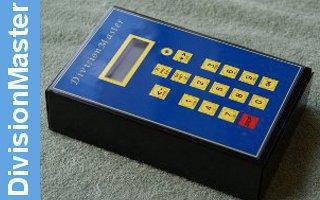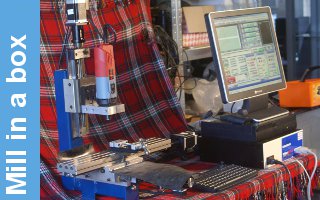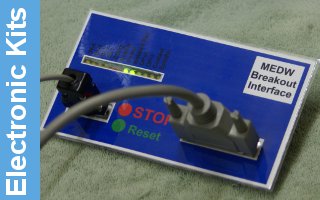HRP Lining
Good lining, probably even more than painting, enhances the model, and one does well to carry this out to a high standard. Generally speaking, the one practical method of carrying out good clean lining is with a draughtsman's pen and the use of a rule or a suitable strip of metal, curved round as a guide when lining the boiler plates etc. The small, corner reverse curves employed in most lining schemes can be achieved very successfully free hand with a pen, but again, guides can be successfully used if the modeller's hand is not too steady. French curves as used by draughtsmen will often include a suitable arc for this purpose. Carrying out narrow lining is easy enough, but the following points should be borne in mind. A suitable lacquer is very necessary, and some of the manufacturers produce an ideal one under the trade name of 'Chinese Lacquer'. When choosing a lining paint, one should experiment by taking some of the paint in the draughtsman's pen and trying it on a surface similar to that which is to be lined, noting whether the paint flows from the tip of the pen satisfactorily or not; i.e: on drawing the pen over the work, the paint should flow from the tip, but should not flow so freely that after the line has been formed, it spreads sideways, making a wider and untidy line, the paint should need to be encouraged to leave the pen to some extent. Normally, it is not possible just to put the pen down and draw one continuous line, although this can sometimes be achieved by drawing the pen along very slowly. However, the better procedure is to draw the pen along a short distance, and then lift and start again, the motion being as the drawing (No. 28).

In this way, the paint seems to flow off much more freely, and a perfectly straight line of equal thickness can be achieved. If the paint refuses to flow on to the surface for lining, a clean rag, with just a trace of turps may be wiped across the surface and the surface then completely dried so as to remove any slight trace of grease. It is also a great help to use another clean rag, just slightly damp with turps, in fact almost dry, just to wipe the tip of the pen and encourage the initial flow, in between pauses in the various stages of the lining. But do not overdo this as, if any liquid turps enters the pen, it will thin the lacquer, and once it is applied to the surface of the model it will spread alarmingly.
Wider lines may be achieved by drawing two lines for the outer edges and subsequently filling in the centre with your pen, free hand. The practice of opening the pen wide so as to achieve a wider line, generally seems to be impractical, since, with a wider line, one also gets a greater thickness of paint leaving the pen which ultimately spreads.
Whilst lining corner curves free hand, it is a great help to rest your hand down on the model's surface so that you can, in effect, have a solid rest, and at the same time use your fingers and the pen as compasses to maintain the curve. The builder will carry out the lining to the best of his ability, but looking critically at a finished section of the lining, he may well decide that a line has thickened a little, or that an edge has become a little ragged. The following procedure can be used for removing any blemishes. Take a very small piece of cotton cloth in between the blades of your drawing pen so as to leave a small piece protruding beyond the pen tip. With this rag slightly damp with turps, in fact almost dry, stroke along the sides of the line to be cleaned, and you will find that the edges can be very quickly trued. However, should you get an excess of paint on the rag, it is best to change it-if you try to wash it with turps, you will probably end up with too damp a rag and your line will wash off completely.










